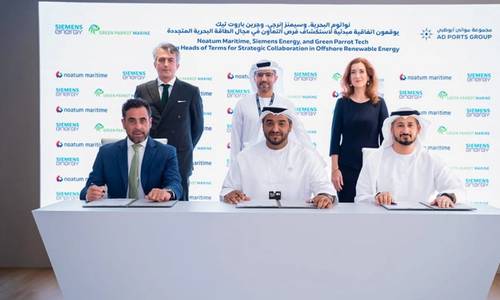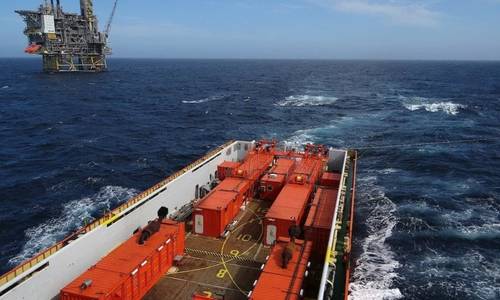Equinor Identifies Source of Gas Exposure Events at Hammerfest LNG
November 18, 2025

Equinor said its investigation into a series of exposure incidents at Hammerfest LNG has concluded that venting from monoethylene glycol (MEG) tanks was the main source, combined with weather conditions that caused vented gas to descend to ground level where personnel were working.
The company said several factors occurred simultaneously during the events, which took place between summer 2024 and summer 2025. In that period, 37 people sought medical attention on four occasions and nine employees were absent from work. Reported symptoms included headaches, nausea and dizziness, though some workers experienced no effects. Equinor said the exposure was unlikely to have caused long-term health issues.
“We welcome the clarity provided on what has been a complex matter. The investigation report identifies the underlying causes and outlines the connection between the various incidents and the health issues they resulted in,” said Christina Dreetz, senior vice president onshore plants at Equinor.
The report points to insufficient risk assessment before project start-up and inadequate follow-up after the first exposure case. Changes in the well stream entering the MEG tanks or temperature variations contributed to shifts in gas composition, producing odours and, at times, discomfort when venting coincided with wind carrying the gas to ground level.
More project activity in area L201 increased the number of personnel present near venting points, and regular sampling of vented gas was not carried out. Measures taken after the first incident were not sufficient to prevent recurrence.
Subsequent sampling and measurements showed that most readings were low, with benzene and other volatile organic compounds detected only sporadically and for short periods, according to the investigation. The report also highlighted gaps in communication, ownership and follow-up between the Snøhvit Future project and Hammerfest LNG operations.
“We must acknowledge that we should have gone more in depth to identify the causes when the first incidents of exposure occurred at Melkøya last summer. Through measures implemented both during and after the investigation, we now have routines that enable us to manage risk more effectively,” added Dreetz.
Equinor said Hammerfest LNG has implemented measures including temporary filtration, enhanced monitoring and gas sampling, and improved ground-level measurement routines. Introduction programmes and instructions for personnel have also been updated, and a local health office was established at Melkøya.
The investigation report will be submitted to the Norwegian Ocean Industry Authority, which is conducting its own probe.
Hammerfest LNG, on Melkøya outside Hammerfest, produces 4.6 million tonnes of LNG annually and employs about 500 people in normal operations. MEG tanks at the plant stand 18–25 metres above ground and are periodically vented for pressure control as part of the safety system.






